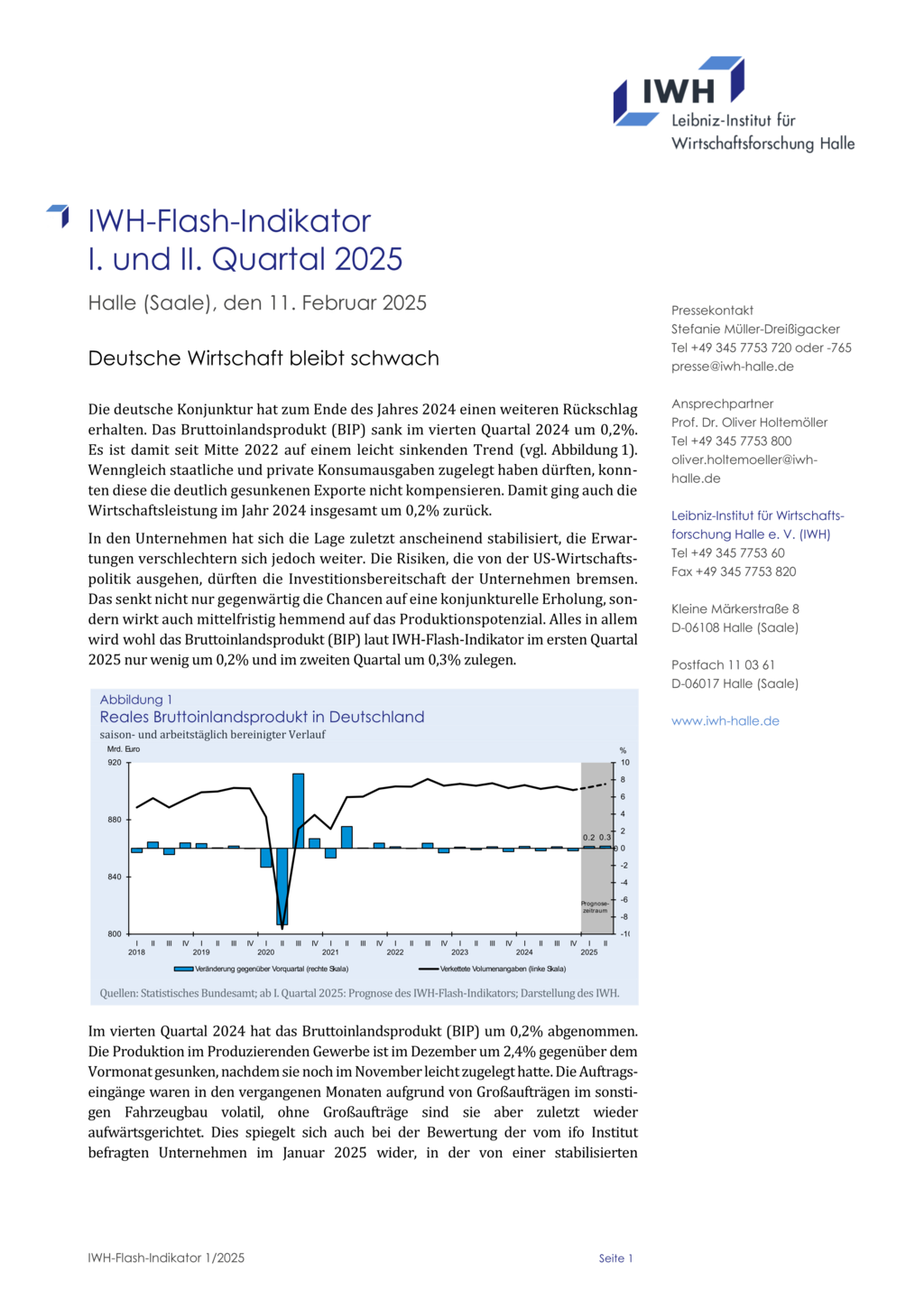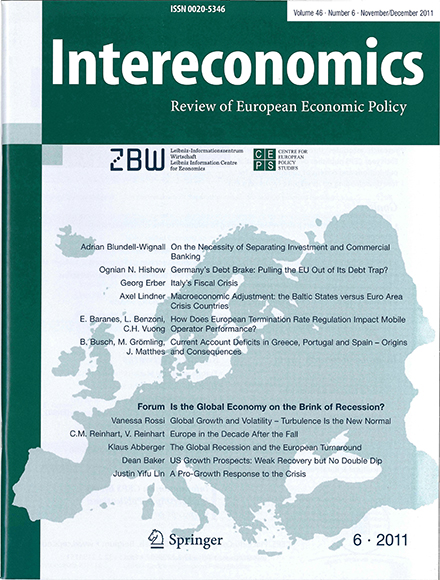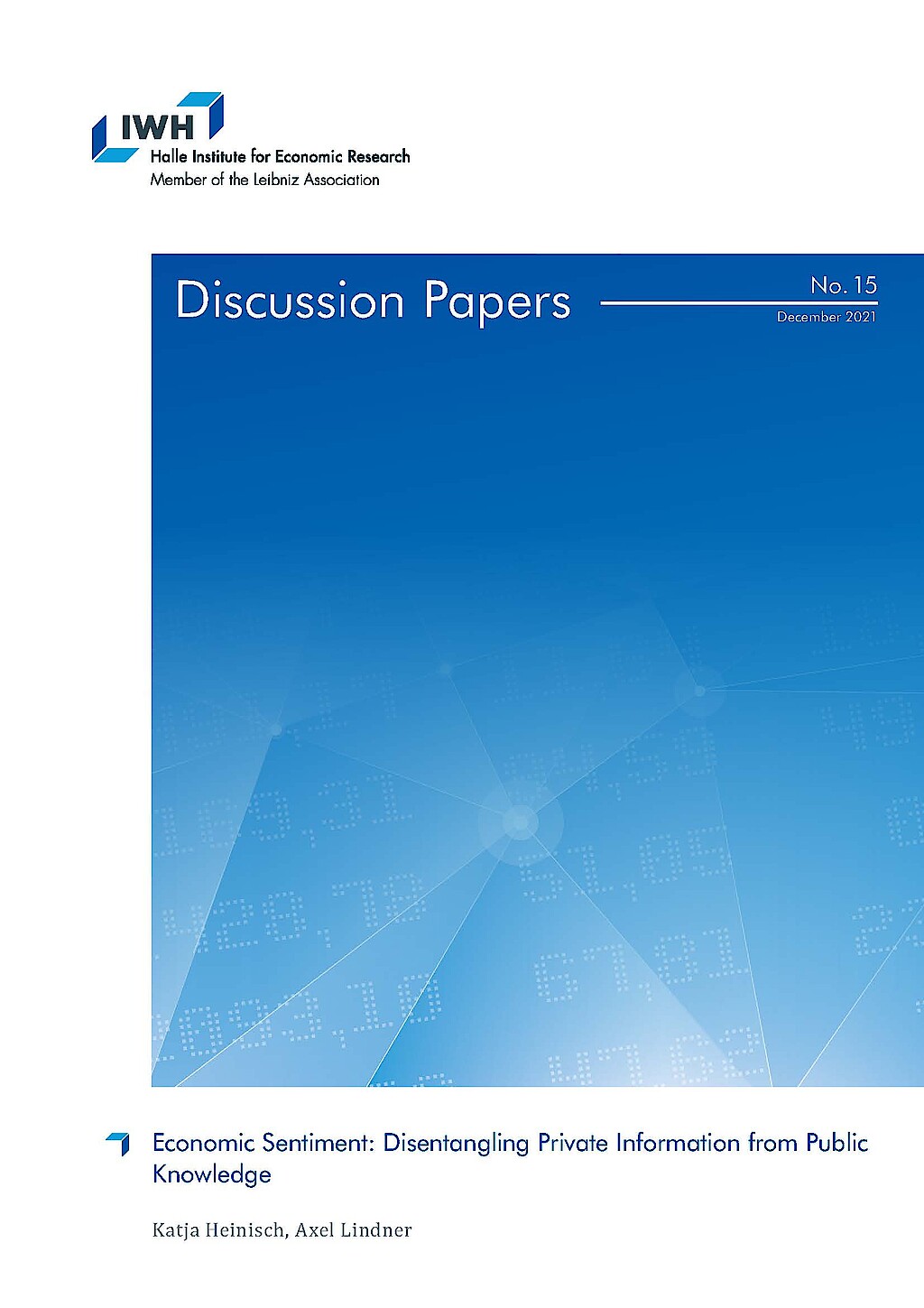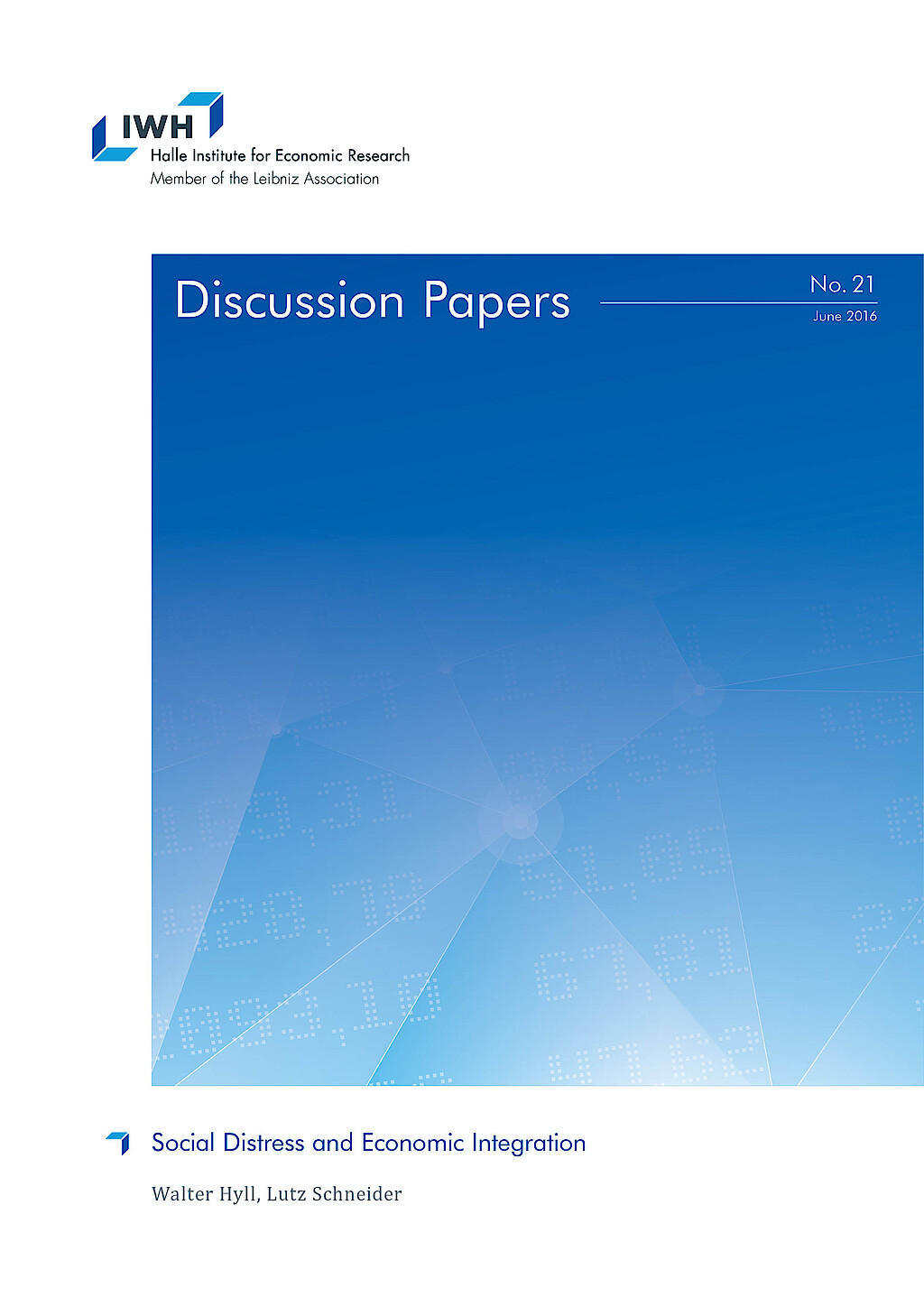Dr Axel Lindner

Current Position
since 1/10
Deputy Head of the Department of Macroeconomics
Halle Institute for Economic Research (IWH) – Member of the Leibniz Association
since 1/13
Head of the Research Group Macroeconomic Analyses and Forecasts
Halle Institute for Economic Research (IWH) – Member of the Leibniz Association
Research Interests
- monetary economics
- European macroeconomics
Axel Lindner joined the institute in 2001 and became Deputy Head of the Department of Macroeconomics in 2010. His research focuses on the European business cycle and on information economics applied to macroeconomic forecasting. As ombudsperson, Axel Lindner is responsible for ensuring good scientific practice at the institute.
Axel Lindner earned a diploma and doctoral degree from LMU Munich. He was visiting professor at Concordia University in Montreal, Canada and visiting scholar at Queen's University in Kingston, Canada. Prior to joining IWH, he was teaching at Goethe University Frankfurt.











